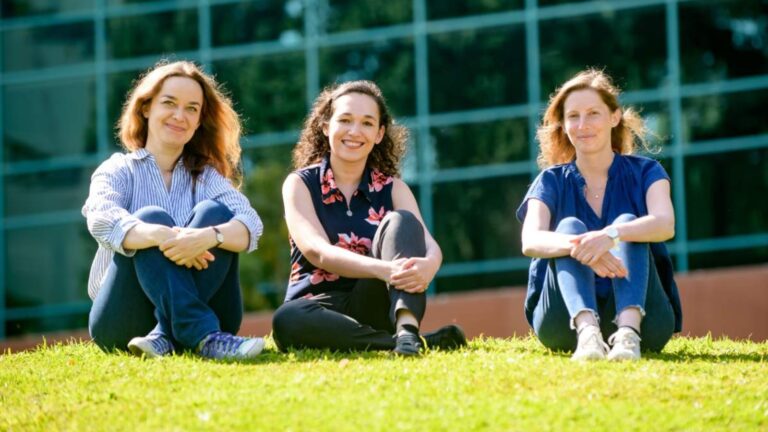You’ve stretched, put in time on the treadmill and sweated throughout an aerobic workout. Yet, when you look in the mirror – your body shape hasn’t changed. An Israeli researcher says all’s well thanks to genetics.
Prof. Gregory Livshits of Tel Aviv University’s Department of Anatomy and Anthropology at the Sackler Faculty of Medicine, working alongside Dr. Michael Korostishevsky, has uncovered a clear genetic link between fat and bone mass. These factors, which contribute to bone metabolism, also affect Body Mass Index (BMI), which often serves as an indicator of overall health.
Reported in the journal Bone, this finding is a step towards understanding how these tissues are inter-related on a biological level, and will help doctors develop better treatment plans for patients dealing with fat or bone related pathologies.
“When a patient is prescribed a medication, it is always important to know the potential side effects,” says Prof. Livshits. As a result of this genetic connection, “a medication that is prescribed to treat obesity might have a negative impact on skeletal health,” he says.
Because the connection between fat and bone mass has been shown to be genetic rather than environmental, related issues can’t be addressed separately, Prof. Livshits says.
Bisphosphonates, for example, are effective agents for the treatment of bone mineral density loss and are therefore commonly used to treat osteoporosis. However, it is also important to know how this therapy impacts fat tissue. “After a few years of treatment that improves the bones, we don’t want to discover that we have harmed the fat tissue in the process,” he says.
Livshits and Korostishevsky are also investigating the FTO (fat mass and obesity-associated) gene, which has been shown to impact fat and lean body mass and is suspected to impact bone mineral density too. Their future research will explore the extent to which osteocalcin, FTO, and several other genes impact muscle mass in addition to fat and bone mass. It is important to understand the extent to which these genes contribute to interdependence of all major body composition components, says Prof. Livshits.
Fighting for Israel's truth
We cover what makes life in Israel so special — it's people. A non-profit organization, ISRAEL21c's team of journalists are committed to telling stories that humanize Israelis and show their positive impact on our world. You can bring these stories to life by making a donation of $6/month.







